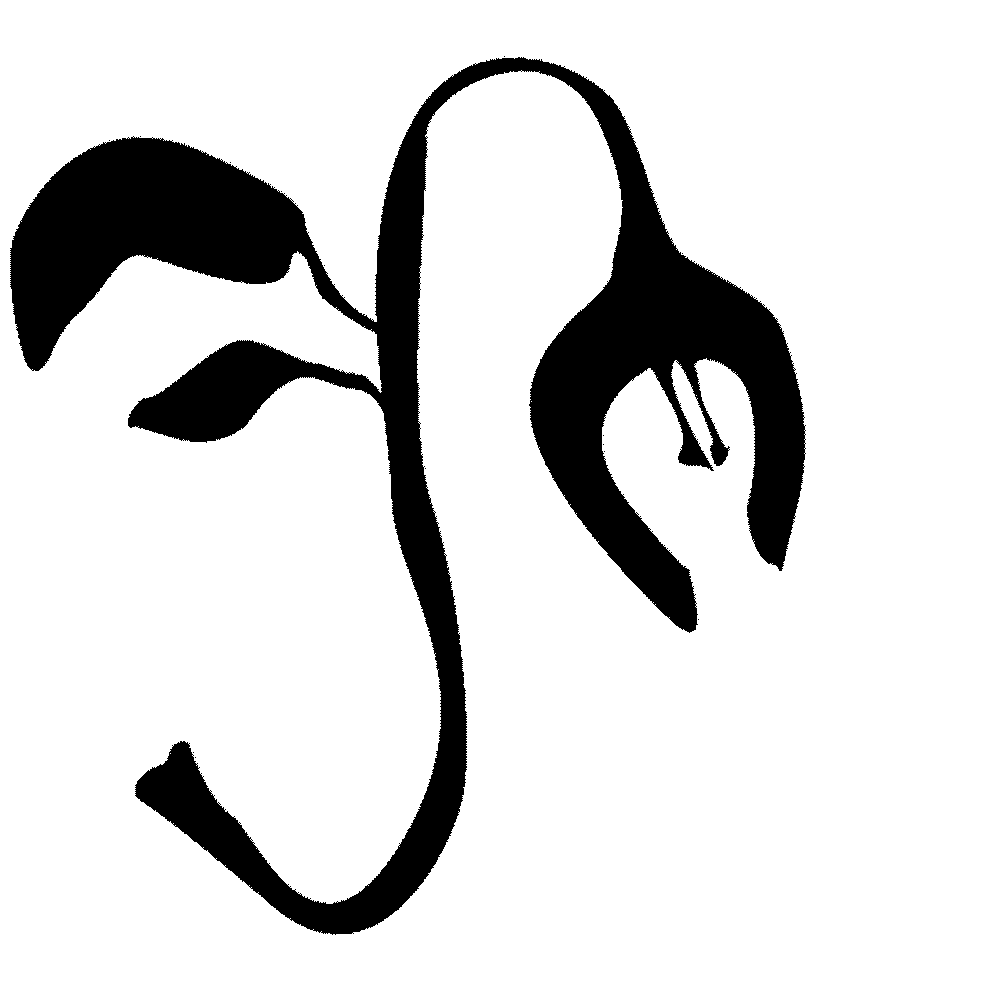2022. Asking permission from water
As part of an artist residency for “Water is what we make it,” by Gemene Grond.
I was part of the first batch of artists and thinkers that were comissioned by the Utrecht Government to produce art alongside the redevelopment of the Leisde Rijn canal. We tried to learn from and with this body of water and its inhabitants about how they would like the canal to be re-designed.

The Movie “RANZIG” is a slightly cut conversation with a dog walker that came over to a group of us artists. At the time we were having a discussion by each representing a different ‘actor’. One of us was the water current, the other a snail, and the other the grass. We engaged the stranger in a collaborative re-imagination of the canal which inadvertently made space for her dog to have a say.
︎ link to see movie
I delivered a interruptive sermon during the closing exhibition where the fellow artists, governmental funders, urban planners and Utrecht citizens were all present. It was recorded into our collective audio piece, heard at (53:30)
https://www.mixcloud.com/good_times_bad_times/run-deep-run-wild-10062022/
transcript pasted below

At the start of our residency, before being introduced to the government ecologists, architects and urban planners, we were told “we are going to be told how the water is going to be changed”.
Lot’s of people live around and on the Leidse Rijn. Why should only a small group of people decide what it should look like? A question our project is promoting is: who gets to decide how the water is going to change and how?
Before that though, is another question: Why does the water need to change? We have been brought together, artists and architects, because someone somewhere decided that the small pipe that currently connects the
Leidse Rijn to the Singel deserves to be upgraded. At the moment the blue line that is the Leidse Rijn stops 50 metres before the traintracks. So the plan is to make the blue line longer, a chunky straight line that doesnt just stop but goes all the way to the Singel. Opening the water means they need to get rid of lots of the roads that are there. This gives more space to build big buildings and create some small green areas.
I went to talk to the Leise Rijn about this. They told me they hadn’t even heard of the plan before. Leidse Rijn told me they didn’t even like the Singel- they hated the idea of touching them. I had to apologise that they weren’t told about the plan. But I wasn’t sure who I was saying sorry for. I think the government needs to give the water chances to complain. We need to find ways to survey how the water feels after being pushed around so many times.
Ancient Utrechters gave birth to the Leidse Rijn in 1664 from an idea that they could use the water to take boats and other stuff from Utrecht to Leiden. That’s when some drawings became a material reality. That’s when lines on a map became huge wounds scratched into soil. The lines started out bendy and wobbly. Why? Because the map makers made their map by visiting each of the farmers and landowners along the way to Leiden and made detailed lists of the hills, stones, buildings, animals, plants and trees that could be found on the way. They decided that the water had to avoid some of these things, so they drew curves that bent around them.
Lines matter for bodies of water. Lines tell the water where to go. Hard concrete edges means only some fish and algae can live. But the water wants to play with everyone. Hard edges means plants, trees and weeds can’t live. That means birds cant sit and hunt the fish. But the water wants to bring everyone together, to eat together, hunt, talk or fuck. And, Soft edges. Soft edges just means humans will walk and sit there. But the water wants to play with everyone. Humans just want empty lawns of the same green grass. They cut the grass and pull the sharp weeds to turn land into a carpet they use for maximum three months of the year. No one else likes empty lawns. Especially not dogs, they are too shy to shit when there aren’t plants to hide behind. The water just wants to bring everyone together, to make and capture memories for everyone, not just humans.
The unique ways our bodies bend make the world that we move around in. Utrechts straight canals make its inhabitants too straight. Sadface. Humans are the only animal that think they should walk straight. boring. Lets have more ups, downs, lefts and rights. If the designers need inspiration look at the Kromme Rijn. Its name means the “bent River” Maybe we should put “bent” before the name of every river so they can bend in the way they want. Leaving in bends is a tactic for enhancing our listening capacities. when the paths are straight we walk too fast to see anything. Lets make bends that make us walk slow enough to give the Leidse Rijn a chance to touch us.

